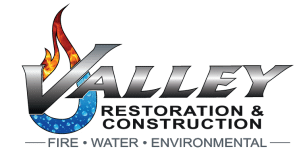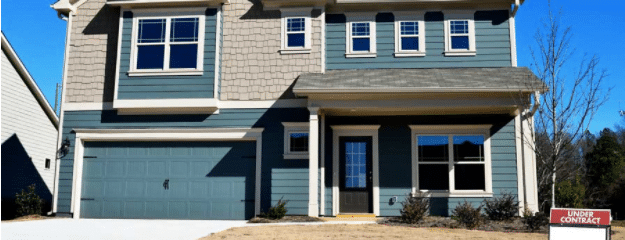Learn About The Importance of Radon Mitigation
What is Radon?
Radon is a radioactive gas that is both colorless and odorless and is caused by the decay of uranium. It is found in all soil and even the air we breathe, but these levels are very low under normal circumstances. Issues arise when increased radon levels enter your home or workplace.
How does radon enter your home?
Radon may be present in any home of any age. It can enter through the soil beneath and around your home. The most common methods of entry are through gaps or cracks in floors and walls.
Why is Radon an Issue?
Radon can be a huge issue if it’s left to accumulate in your home.
- After radon enters your home, it gets trapped inside. This means your home could have elevated radon levels in minimal time!
- Radon is hard to get rid of without a radon mitigation system.
- Over a long period of time, high radon levels can cause lung cancer.
How Do We Mitigate Radon?
Testing
There are two main options when testing for radon.
- Buy a short-term tester for radon. Before getting extensive radon testing, it is a good idea to buy a short-term tester to see if you need a professional to help with decreasing the amounts of radon in your home. The tester can then be sent to a lab to review your results.
- Hire a professional. Hiring a professional to test for radon is a highly effective way to test for this radioactive gas and takes all of the guesswork out of using a tester.
Mitigation
If radon levels in your home are high, mitigation is necessary for you and your family’s health! High levels of radon can accumulate in your home because the gas has nowhere to go.
The options for a solution are simple:
- Install a radon mitigation system. By hiring a professional to install a mitigation system, radon levels can drop dramatically. Often, if elevated levels of radon are detected, you can get one of these systems installed in a way that is tailored to your home.
- Seal cracks. By sealing cracks in your walls and foundation, you can help to decrease the amount of radon that enters your home.
- Cover the crawl spaces. Covering the soil in your crawl space(s) with tightly secured polyethylene sheeting can also decrease the amounts of radon that enter your home.
No matter what method of mitigation you use, remember that once radon is in your home, you have to get it out! Plastic sheeting and caulk may help keep radon out, but if there is any already in your home, it is important to install a mitigation system.
Valley Restoration and Construction offers radon testing. If high radon levels are detected, we are ready to protect your family with our effective radon mitigation systems that are tailored specifically to your home. Check out our page here to learn more about radon mitigation options. Call us at (970) 964-4437 to get started!

